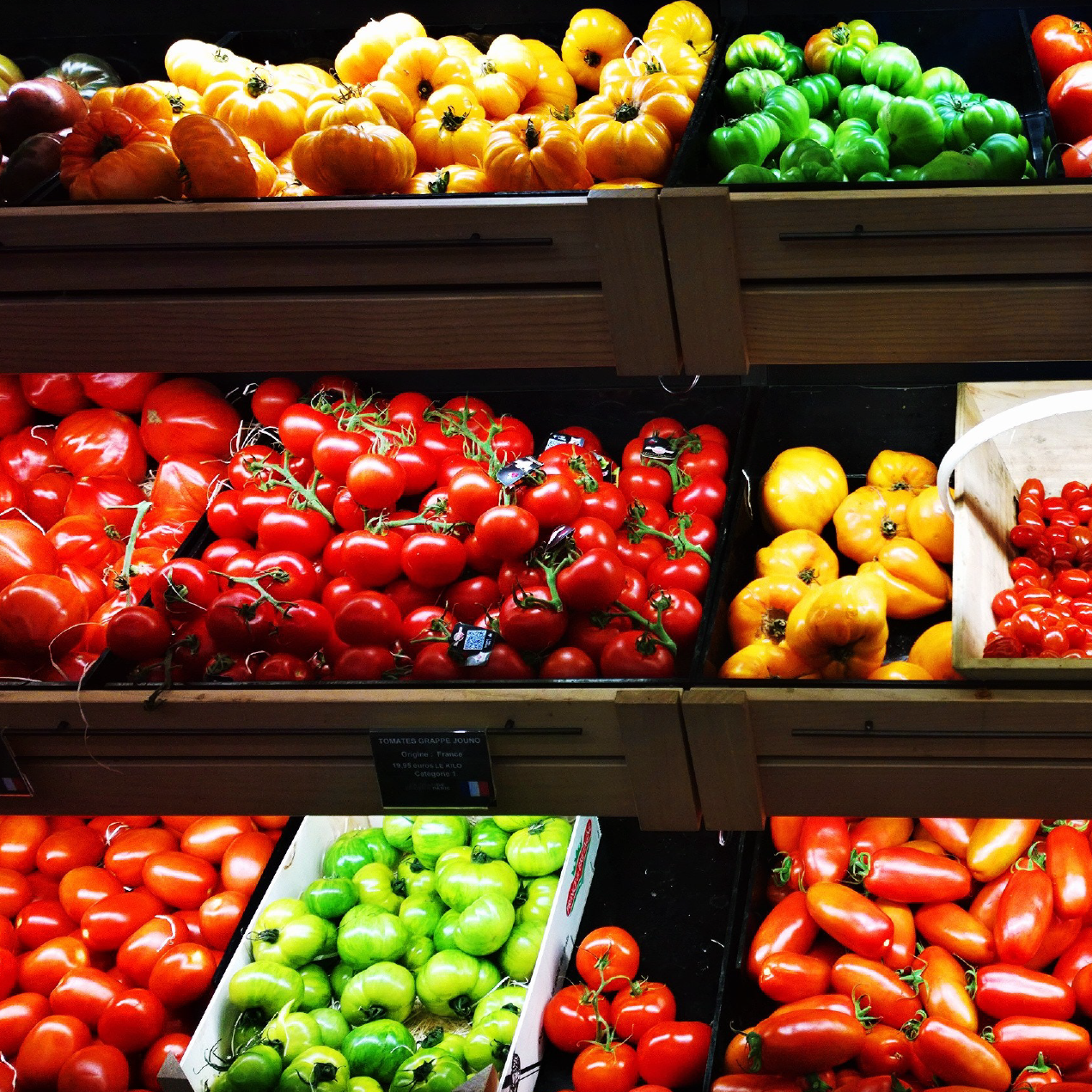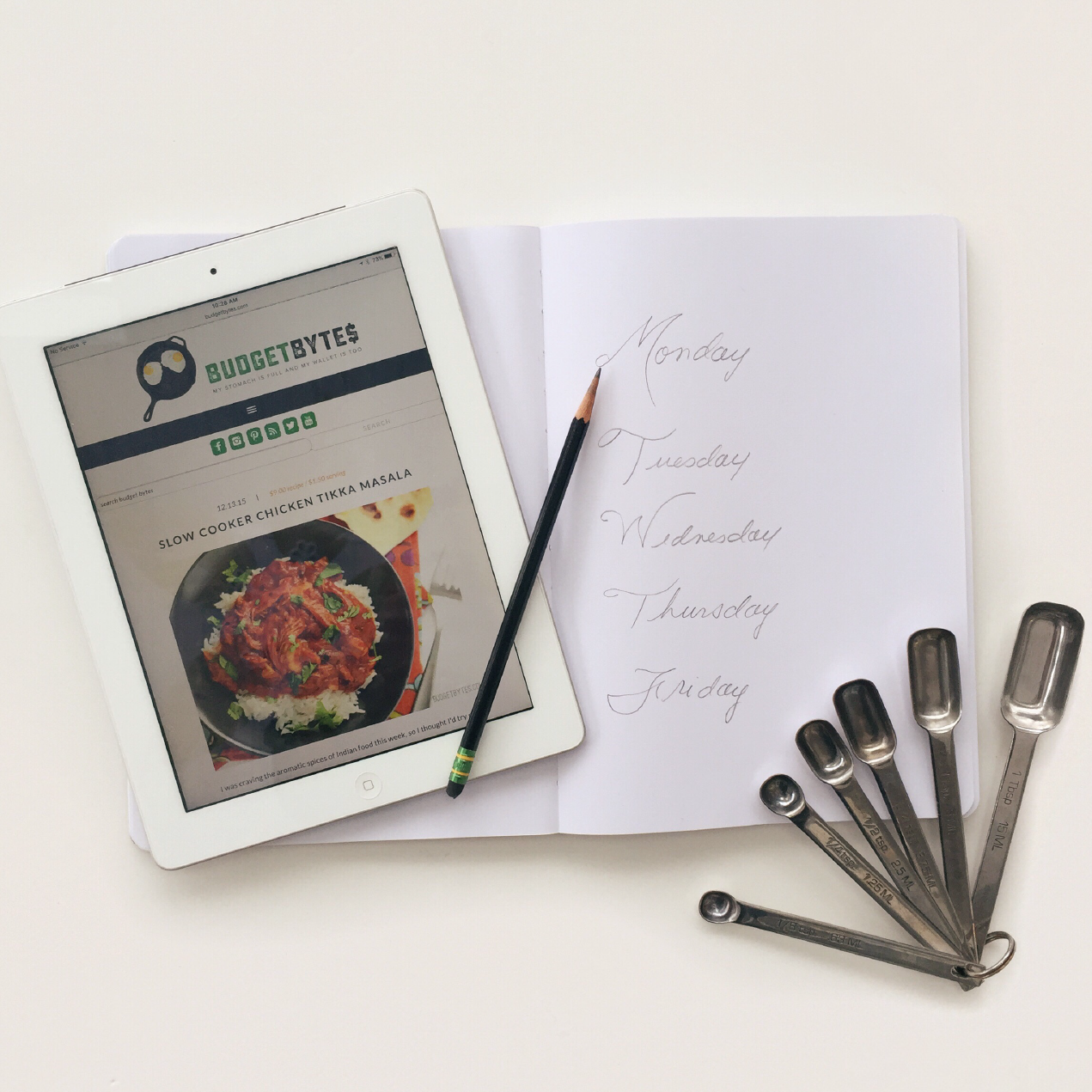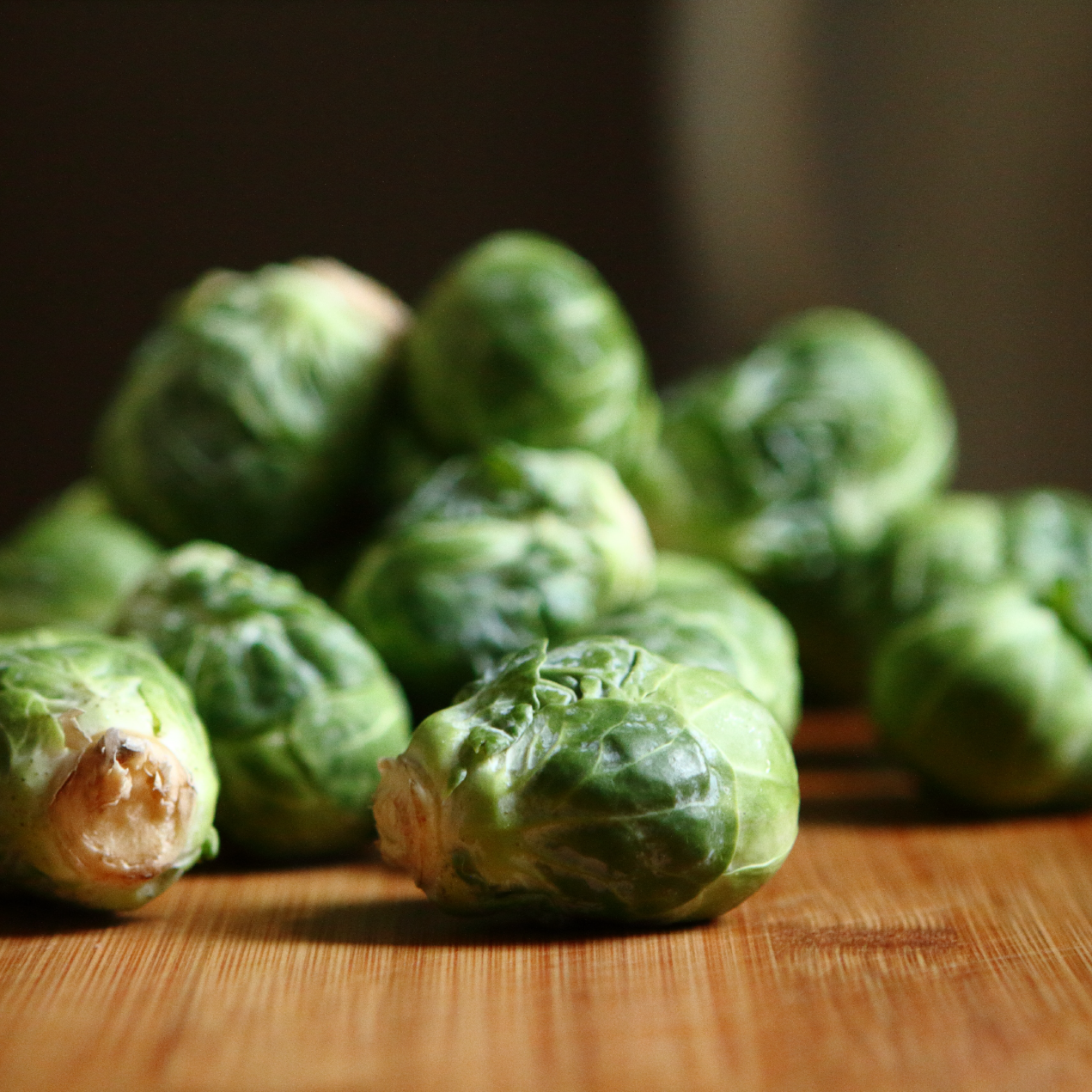Growing up in a small town that couldn’t even support a fast food chain, our options were … limited. Both of my parents worked long hours and our meals had to be easy to heat and serve. I attribute our rush-rush-hurry-go family life to why I could count on one hand the number of vegetables I liked growing up. Don’t get me wrong, my parents tried! But this was also one of the first generations facing a tremendous amount of junk food. And our pantry clearly reflected this – stocked with cream-filled yellow sponge cake, blue bags of chips, and red cans of circle shaped pasta. Colorful, yes. Healthy, not so much.
As I approached my adolescent years, I began to excel in sports and even went on to run track in college. I was athletic, I was active, but I did not eat healthy. Fortunately, I ended up on a career path that led to working with registered dieticians to create wellness resources for schools. From my own personal journey, I want to provide hope and guidance for anyone wanting to go down a similar path. No gimmicks or programs. Just a long journey I’m happy I stuck with!
Realization
Have you heard the tip “shop the perimeter” of the grocery store? That’s because you will always find the fresher items like produce, meat, and milk products – the items with one ingredient – around the outskirts of the store. The inside aisles are reserved primarily for non-perishable or prepacked foods. You can find healthy items in the middle, but most of this food is riddled with ingredients we can’t pronounce and our body doesn’t really need. The first step is realizing what is healthy and what is not. And that can mean different things to different people. Just try to stick to as natural as possible and don’t get caught up in too many fads. It will make you dizzy trying to make sense of everything.
Education
I used to read just the front of the box and think, “That’s low-fat? It must be healthy!” But manufacturers are clever. They tend to put “hot-topic” wording on the front of the box to make their products seem healthier. So, what are those ingredients I can’t pronounce? Well, it’s complicated. The good news is there are lots of websites to help teach you what to look for. For example, ingredients are listed in descending order (the largest amounts are listed first). And did you know there are 61 names for sugar? Manufacturers can add multiple types of sugar to ensure it’s not listed as the first ingredient. I said it was complicated! Thankfully, there are new label guidelines that must be implemented between 2020-2021. Look for the number of calories in a larger font, updated daily values, and even the amount of added sugars.
Investment
Investing the time to meal plan can be a scary thought. But meal planning can be as simple as cooking a chicken on the weekend and using the leftovers throughout the week for different meals like chicken soup or chicken salad. I also keep a mental list of dinners my family likes best. Hmm, we haven’t had that in a while! There are sophisticated grocery shopping apps, but my old-school list includes meals for the upcoming week with extracurricular activities or time constraints listed next to them; ingredients listed by grocery store section; and any foods I’m running low on. Having any list is critical to meal planning. Find what works best for you!
Training
Expect to train your taste buds to like most new foods. You wouldn’t run a marathon the first time you lace up sneakers. And you might not love Brussels sprouts on the first try!
Baby Steps
Look for items low in sugar but without artificial sugars. And use more spices or herbs instead of salt to add flavor.
Try and Try Again
It can take the body 10-15 times to see, smell, and taste new food before you decide if you like it. That doesn’t mean eating something every day for two weeks to make yourself like it. But it does mean you should keep trying something even if you remember not liking it the last time.
“Money Bite”
In my house, we combine something we dislike with something we do.
Mix It Up
Combine one flavor bag of oatmeal with one regular bag, mix brown rice with white rice, or mix regular noodles with spaghetti squash.
Savor Your Favorites
Training your taste buds doesn’t mean you have to give up all the foods you once craved! If you want chocolate, eat a piece of chocolate. But take time to smell it, eat it slowly, and appreciate the flavor. You’ll feel less deprived and inclined to keep trying new things.
Model Good Behavior
How we eat in front of our children is just as important as eating as a family. It is a crucial time to set a good example. Remember, “Do as I say and not as I do” does not always apply with kids! As you start to explore new foods, you may find things you don’t like and that’s completely understandable. But consider the faces you make in front of your kids or the words you use to describe foods. We have a “no, thank you” bite in my house. Everyone must try one bite of something before they can say “no, thank you”.
Don’t Give Up
It’s easier said than done, but try a few of these tips to stay on course. You may never like kale and that’s okay. But if I can learn to like spaghetti squash, anyone can!








